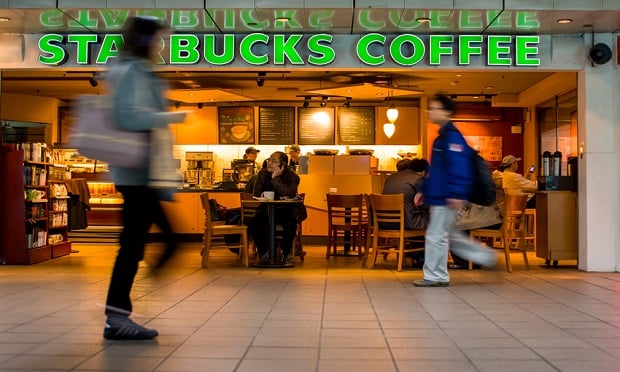 Restaurant and retail operators are responsible for the safety of the people invited onto their premises. (Photo: iStock)
Restaurant and retail operators are responsible for the safety of the people invited onto their premises. (Photo: iStock)
Throughout the year, severe weather nationwide creates hazards that prove costly for restaurants, grocery stores and other retailers such as convenience stores.
In fact, the No. One cause of loss in our book of business at Argo Group's U.S. Grocery & Retail division is slip-and-fall injuries. Weather is a factor in many of them.
Recommended For You
Want to continue reading?
Become a Free PropertyCasualty360 Digital Reader
Your access to unlimited PropertyCasualty360 content isn’t changing.
Once you are an ALM digital member, you’ll receive:
- Breaking insurance news and analysis, on-site and via our newsletters and custom alerts
- Weekly Insurance Speak podcast featuring exclusive interviews with industry leaders
- Educational webcasts, white papers, and ebooks from industry thought leaders
- Critical converage of the employee benefits and financial advisory markets on our other ALM sites, BenefitsPRO and ThinkAdvisor
Already have an account? Sign In Now
© Touchpoint Markets, All Rights Reserved. Request academic re-use from www.copyright.com. All other uses, submit a request to [email protected]. For more inforrmation visit Asset & Logo Licensing.







